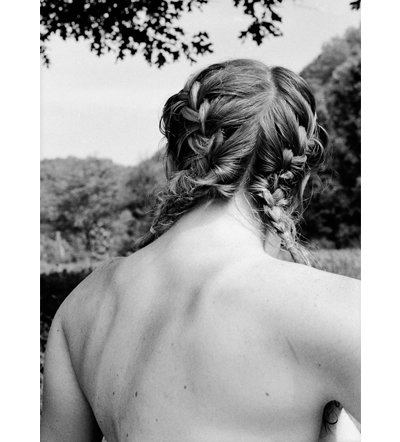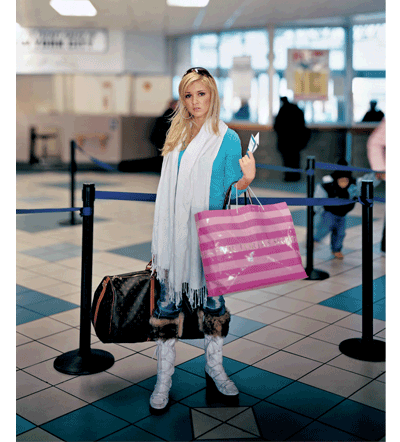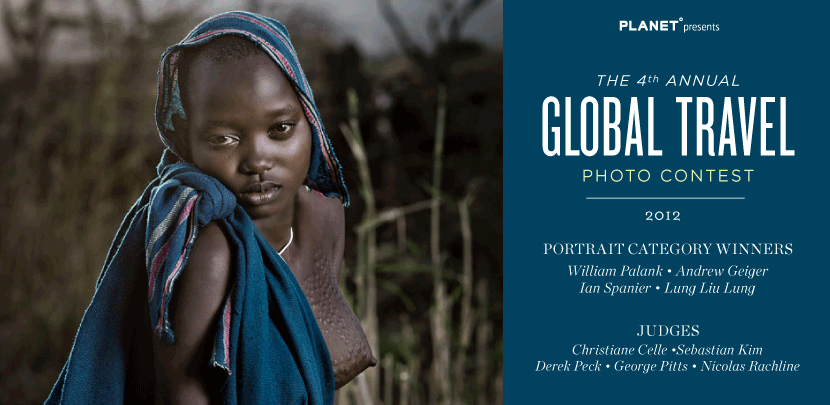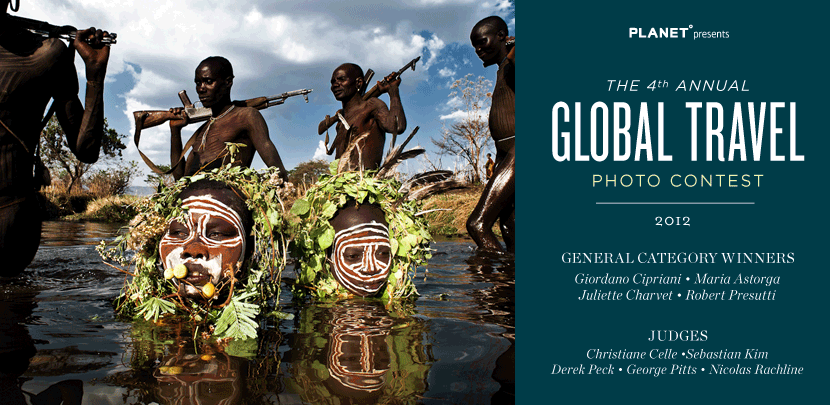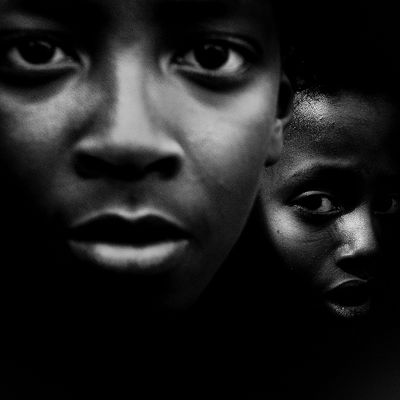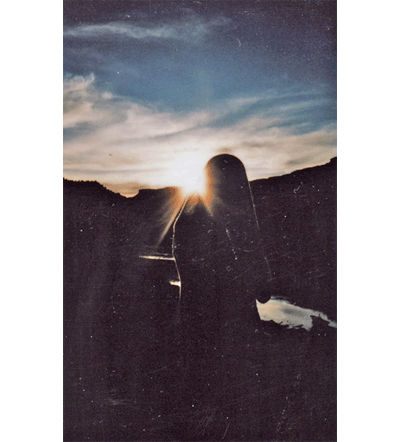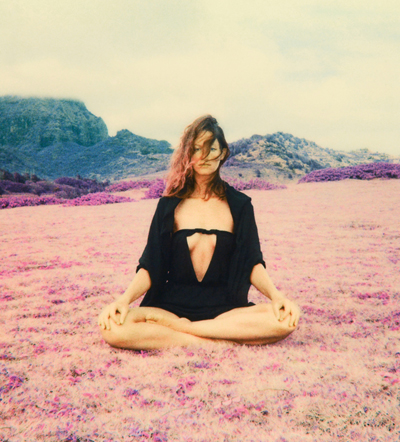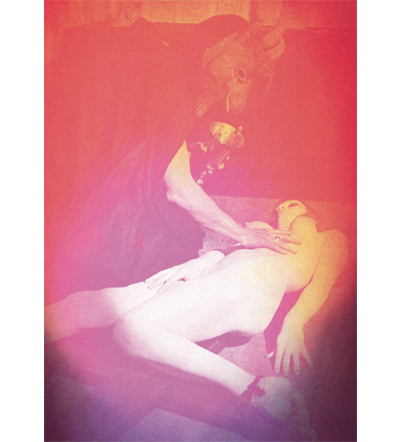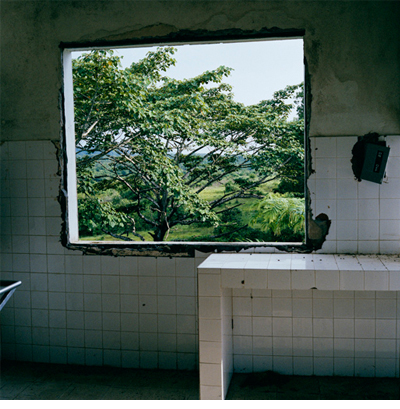
Tim Hetherington Untitled, Liberia, 2003 Digital C-print © Tim Hetherington, Courtesy Yossi Milo Gallery, New York
At the time of his death, in a Libyan mortar strike in April of 2011, Tim Hetherington was one of the most well-known and respected conflict photographers working. This was due in part to his role as co-director on Restrepo, the 2010 documentary that followed the day-to-day life of an American platoon in Afghanistan in immediate, intimate detail.
But Hetherington was entrenched in more than filmmaking, and more than Afghanistan’s fighting. His approach to photojournalism meant pushing the boundaries of image-making, and working across several types of new and digital media to build a more communicative message. But as grand a scale as he worked on, Hetherington’s project was always to immerse the viewer in an individual’s story. His larger body of work—photographing civil war in West Africa, a short film, portraits, interviews, and firsthand accounts of life in war zones—depends on that same depiction of the personal used so grippingly in Restrepo.
The first major exhibition of Hetherington’s photographs, opening at the Yossi Milo Gallery in April, spans his short and extraordinary career. Protagonists appear from all sides, and at all moments in the day life. Liberian women juggle babies and handheld missiles. American soldiers sleep in one photo and wrestle in the next. Hetherington was adept at catching the beauty of these terrains and the bleakness of a war zone in the same frame. This makes for compositions both aesthetically gorgeous and emotionally volatile, and a collection of work that offers as many moments of peace as it does conflict. Hetherington’s legacy will be his gift of seeing the whole picture.
Slideshow




 Facebook
Facebook Permalink
Permalink Digg
Digg Reddit
Reddit LinkedIn
LinkedIn StumbleUpon
StumbleUpon Tumblr
Tumblr
